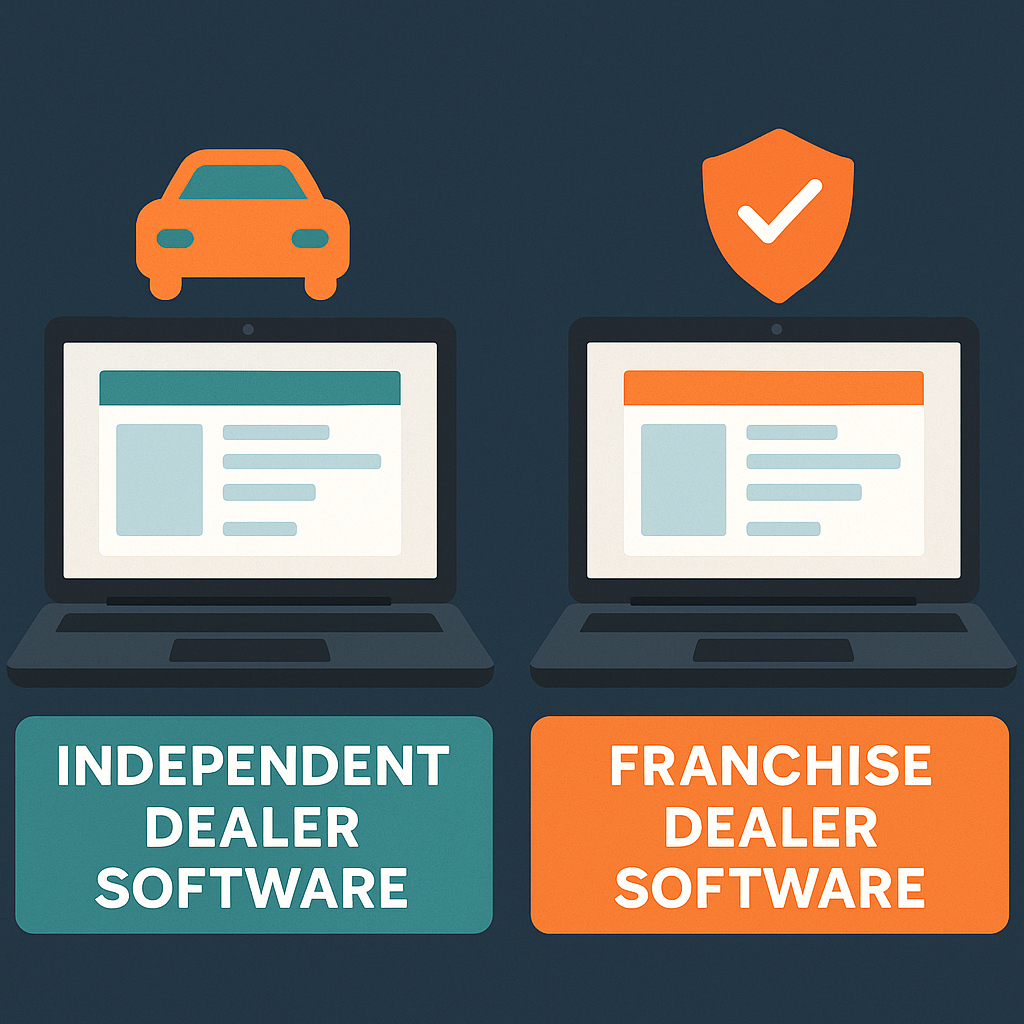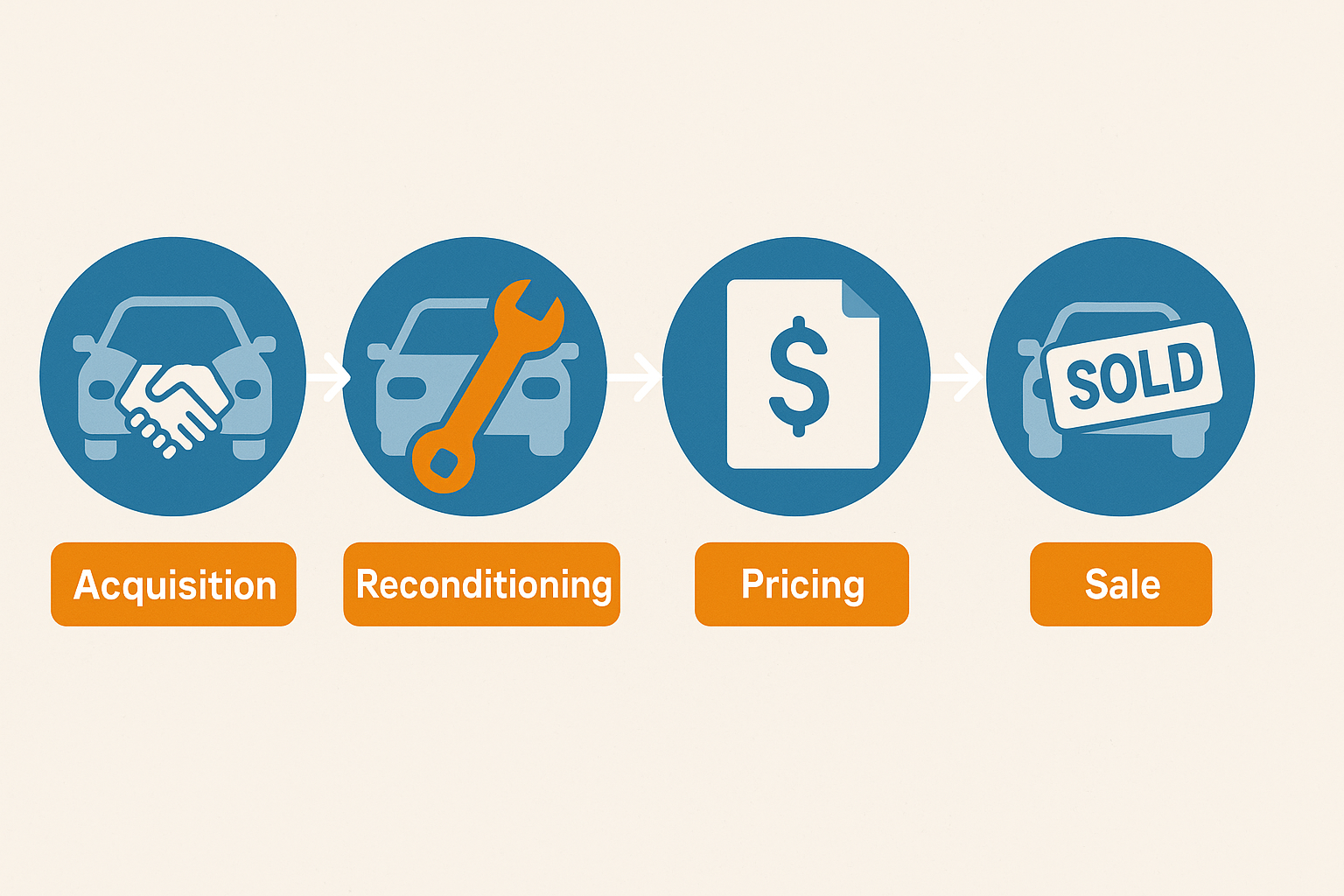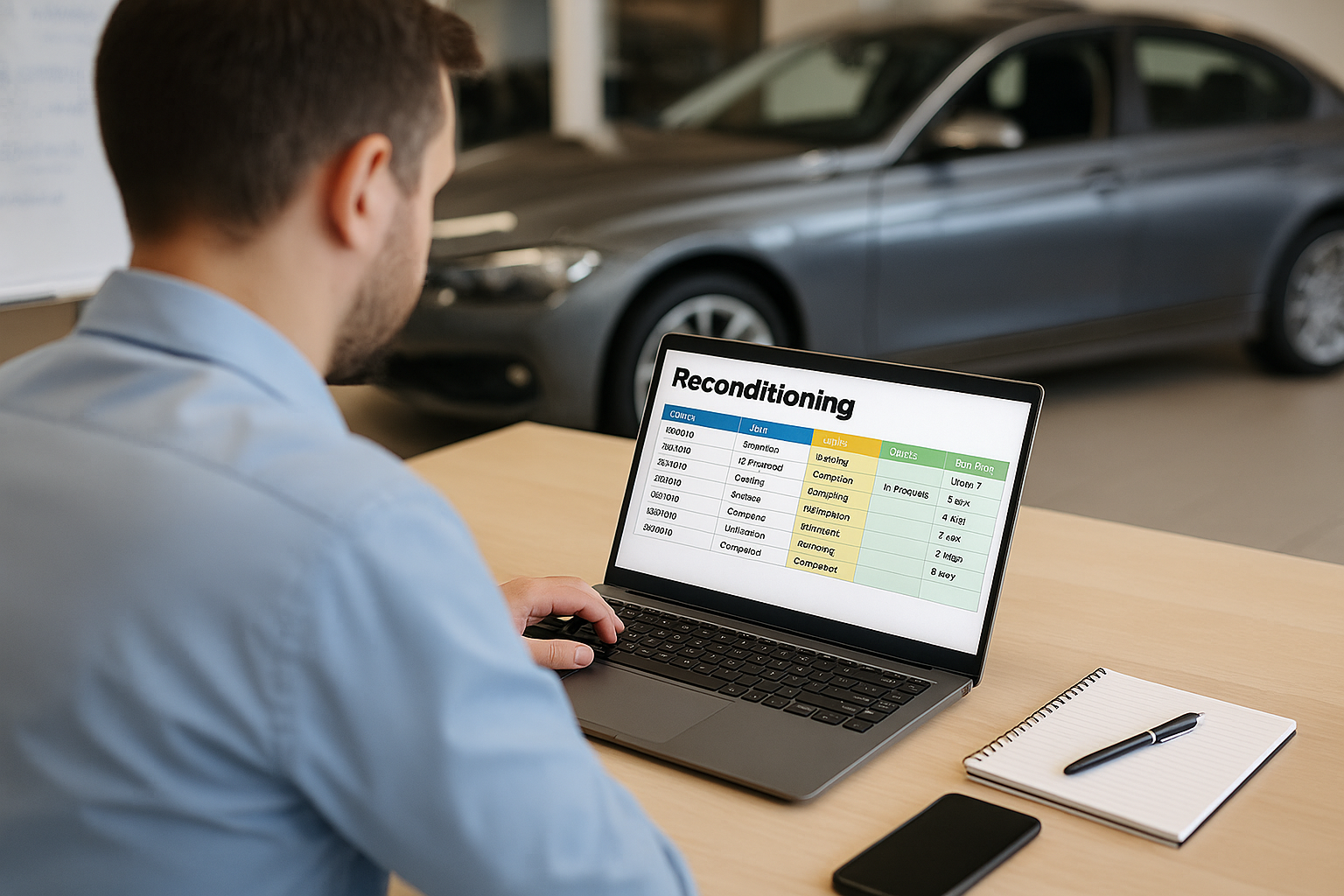For car dealerships, inventory turnover is one of the most critical metrics for maintaining profitability and staying competitive. A dealership’s ability to sell vehicles quickly and restock fresh inventory can directly impact profit margins, cash flow, and overall operational efficiency. Let’s explore the key ways inventory turnover affects your dealership’s success and strategies to optimize it.
What Is Inventory Turnover?
Inventory turnover refers to how quickly a dealership sells and replaces its inventory within a specific time period. It’s calculated by dividing the cost of goods sold (COGS) by the average inventory value. In simpler terms, it measures how efficiently your dealership moves vehicles off the lot.
- High Turnover Rates: Indicate that vehicles are selling quickly, which is often a sign of good pricing strategies, strong demand, or effective marketing.
- Low Turnover Rates: Suggest that inventory is sitting unsold for extended periods, leading to increased holding costs and reduced profitability.
For example, a dealership that sells 30 cars a month will have significantly lower holding costs and higher profitability compared to a dealership selling only 15 cars from the same lot size.
Financial Impacts of Turnover Rates
High Turnover Benefits
- Reduced Depreciation Costs: Vehicles are depreciating assets, and the longer they sit unsold, the more value they lose. A high turnover rate ensures you sell vehicles while they’re still in demand.
- Lower Floorplan Financing Fees: Dealerships often finance their inventory through floorplans, incurring interest on unsold stock. High turnover minimizes these fees.
- Increased Reinvestment Opportunities: Faster sales mean cash flow is freed up to invest in new inventory or other profit-generating activities.
Low Turnover Challenges
- Accumulating Storage Costs: Unsold vehicles require space, security, and maintenance, all of which add to operating expenses.
- Discounting Slow-Moving Inventory: Older vehicles may need to be sold at a discount, which reduces overall profit margins.
- Strained Cash Flow: Slow turnover ties up capital that could otherwise be used for marketing, reconditioning, or acquiring better-selling inventory.
Turnover’s Role in Customer Satisfaction
High inventory turnover isn’t just good for profitability—it’s also key to keeping customers happy.
High Turnover Equals Fresh Inventory
Dealerships with a high turnover rate can offer the latest models and in-demand vehicles, enhancing their appeal to buyers. Customers value variety and up-to-date options, making it more likely they’ll purchase from a dealership that frequently restocks.
Low Turnover Equals Stagnant Stock
On the flip side, slow turnover can result in an outdated or unappealing selection of vehicles. Customers may perceive this as a sign of poor operations or lack of demand, reducing their confidence in your dealership.
Strategies to Optimize Inventory Turnover
To maintain high inventory turnover, dealerships must adopt data-driven strategies and operational efficiency.
1. Leverage Data-Driven Inventory Planning
Using advanced tools like Carketa’s Dealer Analytics, dealerships can forecast demand more accurately. These tools help identify which vehicles are selling quickly and which aren’t, allowing you to stock high-demand inventory and reduce the risk of slow-moving stock.
2. Implement Smart Pricing Strategies
Dynamic pricing based on market trends, vehicle age, and demand can help optimize turnover rates. Adjusting prices for aging inventory encourages quicker sales while maintaining margins on in-demand vehicles.
3. Streamline Reconditioning Processes
Delays in reconditioning vehicles often result in longer turnaround times and lower turnover rates. By streamlining your reconditioning workflows with tools like Carketa’s Reconditioning Management Software, you can get vehicles frontline-ready faster and reduce holding costs.
Role of F&I in Inventory Turnover
Inventory turnover has a direct impact on Finance and Insurance (F&I) profitability.
More Turnover, More F&I Opportunities
A higher turnover rate means more vehicles sold, which translates to more opportunities for F&I professionals to offer financing packages, extended warranties, and insurance products.
Align F&I with High-Demand Vehicles
F&I teams can enhance profitability by tailoring their offerings to match high-demand inventory, such as extended warranties for electric vehicles (EVs) or premium financing packages for luxury models.
Conclusion
Inventory turnover is as important as inventory size when it comes to dealership profitability. High turnover rates drive financial efficiency, improve customer satisfaction, and create more opportunities for F&I product sales. By adopting strategies such as data-driven inventory planning, smart pricing, and streamlined reconditioning, dealerships can achieve optimal turnover rates and maximize profit margins.
For dealerships looking to gain a competitive edge, tools like Carketa’s Dealer Analytics and Reconditioning Management Software offer actionable insights and streamlined processes to stay ahead in today’s fast-paced automotive market.
By prioritizing inventory turnover, your dealership can maintain fresh stock, reduce holding costs, and unlock greater profitability in every sale.
Explore related articles to learn more about software solutions for car dealerships:






